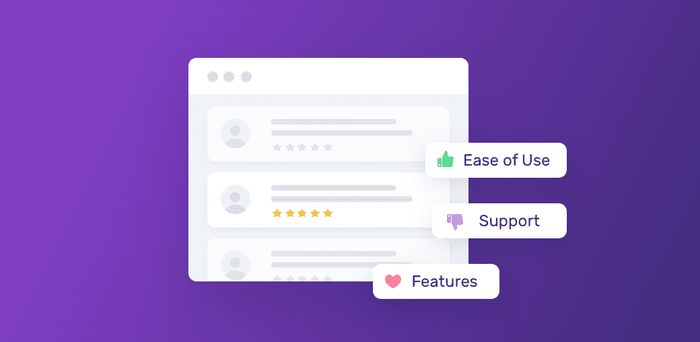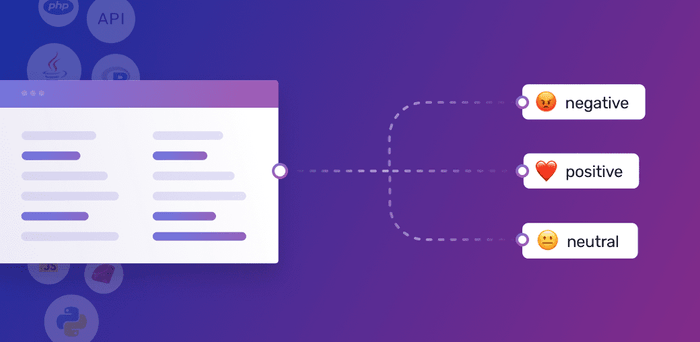In today’s digitally driven world, businesses and individuals are swimming in an ocean of textual data. From social media posts to customer reviews, there’s an abundance of information that can offer valuable insights. However, the challenge lies in deciphering the emotions and opinions hidden within this vast sea of words. This is where sentiment analysis tools come to the rescue. In this article, we’ll dive deep into the realm of sentiment analysis tools, understanding their significance, functionality, and benefits.
Introduction to Sentiment Analysis Tools

Sentiment analysis, also known as opinion mining, is the process of using natural language processing and machine learning techniques to determine the emotional tone behind a piece of text. Whether it’s positive, negative, or neutral, sentiment analysis tools excel at uncovering the sentiments expressed within textual content.
The Mechanics of Sentiment Analysis
At its core, sentiment analysis involves two main steps: text preprocessing and sentiment classification. Text preprocessing cleans and structures the data, making it ready for analysis. Sentiment classification, on the other hand, leverages algorithms to assign a sentiment score to the text.
Types of Sentiment Analysis Tools
1. Polarity-Based Tools
These tools categorize text into positive, negative, or neutral sentiments based on predefined lists of words associated with emotions.
2. Machine Learning-Based Tools
These advanced tools learn from labeled data, allowing them to recognize complex patterns and nuances in language. They improve over time as they encounter more data.
3. Hybrid Approaches
Combining the strengths of both polarity-based and machine-learning tools, hybrid tools offer a comprehensive sentiment analysis by considering multiple factors.
Popular Sentiment Analysis Tools in the Market
1. SentimentMaster Pro: Unveiling Emotions with Precision
This tool boasts unparalleled accuracy in sentiment analysis. Its state-of-the-art algorithms can discern even the subtlest emotional cues, providing businesses with a deep understanding of customer feedback.
2. OpinionAid AI: Your Partner in Customer Sentiment Analysis
OpinionAid AI specializes in dissecting customer opinions. Its intuitive interface and real-time analysis empower businesses to adapt swiftly to changing sentiments.
3. AIM Insights: Navigating Sentiments in Real-Time
AIM Insights takes pride in its real-time analysis capabilities. It’s the go-to tool for monitoring social media platforms and swiftly addressing any emerging PR crises.
How Sentiment Analysis Tools Impact Business Decisions
1. Enhancing Customer Experience
Sentiment analysis tools enable businesses to gauge customer satisfaction levels. This data can be used to tailor products and services to meet customer expectations better.
2. Informing Product Development
By understanding the sentiments expressed toward current products, businesses can identify areas of improvement and innovate accordingly.
3. Monitoring Brand Reputation
Sentiment analysis tools keep a vigilant eye on brand mentions across various platforms. This allows companies to address negative sentiments promptly and maintain a positive reputation.
Future Trends
As technology advances, sentiment analysis platforms are likely to become more accurate and versatile. They might incorporate features like analyzing visual content and considering cultural context.
Overcoming Challenges
While sentiment analysis platforms are powerful, they’re not without challenges. Sarcasm, context, and cultural nuances can sometimes lead to misinterpretations.
DIY Guide
Step 1: Data Collection
Gather a diverse dataset that reflects the text you want to analyze. This data should cover different contexts, tones, and sources.
Step 2: Preprocessing Textual Data
Clean the data by removing irrelevant information, special characters, and formatting inconsistencies.
Step 3: Choosing the Right Tool
Select a sentiment analysis tool that aligns with your goals. Consider factors like accuracy, real-time analysis, and integration capabilities.
Step 4: Interpreting Results
Understand the sentiment scores provided by the tool. Most tools categorize sentiments as positive, negative, or neutral along with a confidence score.
Ethical Considerations
The use of sentiment analysis platforms raises concerns about privacy, bias, and data security. It’s crucial to use these tools responsibly and ensure transparency in their deployment.
Conclusion
Sentiment analysis tools have transformed the way we understand and respond to textual data. From businesses making informed decisions to individuals understanding public opinions, these tools have become indispensable. As technology evolves, so will sentiment analysis tools, offering us even deeper insights into the human experience.
Ready to experience the power of sentiment analysis? Request a demo today from AIM Technologies and unlock the potential of your textual data.
FAQs
1. Are sentiment analysis platforms only useful for businesses?
- Sentiment analysis platforms are valuable for both businesses and individuals. They help in understanding public opinions, social trends, and personal sentiment analysis.
2. How accurate are sentiment analysis platforms?
- The accuracy of sentiment analysis platforms varies, but modern machine learning-based tools tend to provide higher accuracy due to their ability to comprehend context.
3. Can sentiment analysis platforms analyze languages other than English?
- Yes, many sentiment analysis platforms are designed to analyze multiple languages, allowing for a global perspective on sentiment.
4. Are these tools suitable for real-time analysis?
- Several tools, like AIM Insights, specialize in real-time sentiment analysis, making them ideal for monitoring unfolding events.
5. How do sentiment analysis platforms handle sarcasm and irony?
- Handling sarcasm and irony can be challenging for sentiment analysis tools, as they often rely on context and linguistic cues. Some advanced tools are better equipped to detect these nuances, but misinterpretations can still occur.




